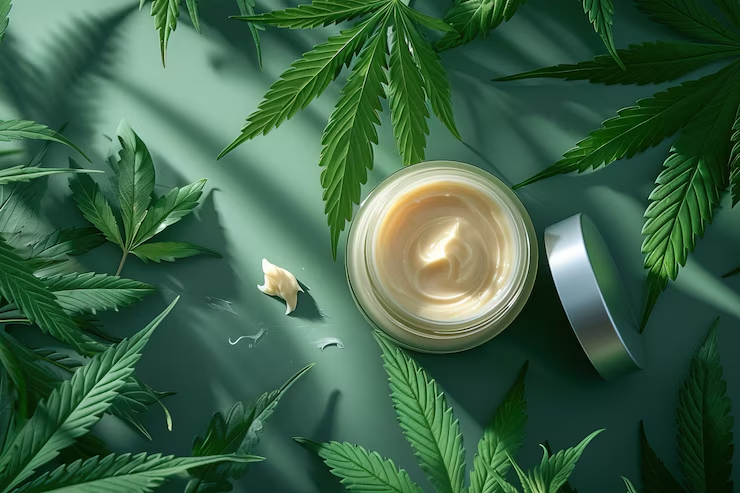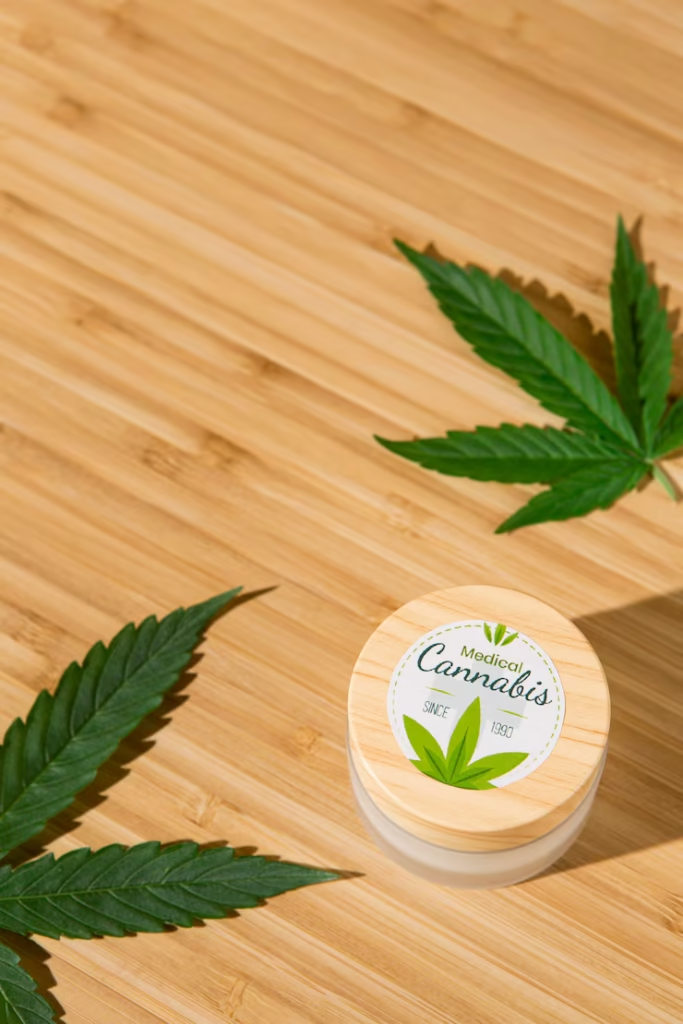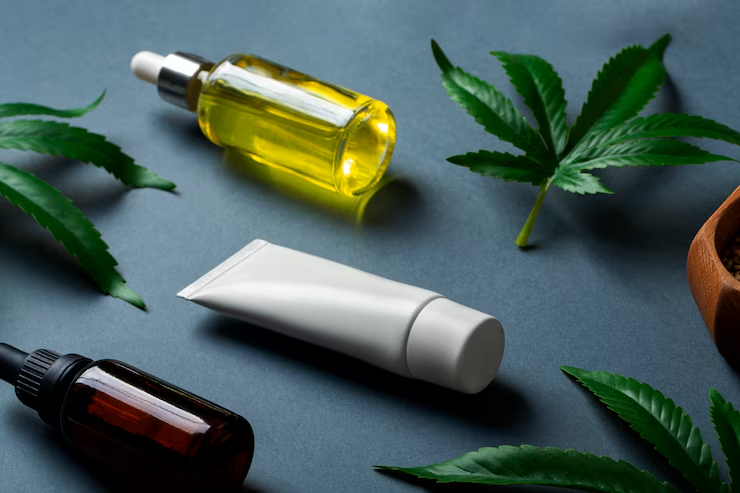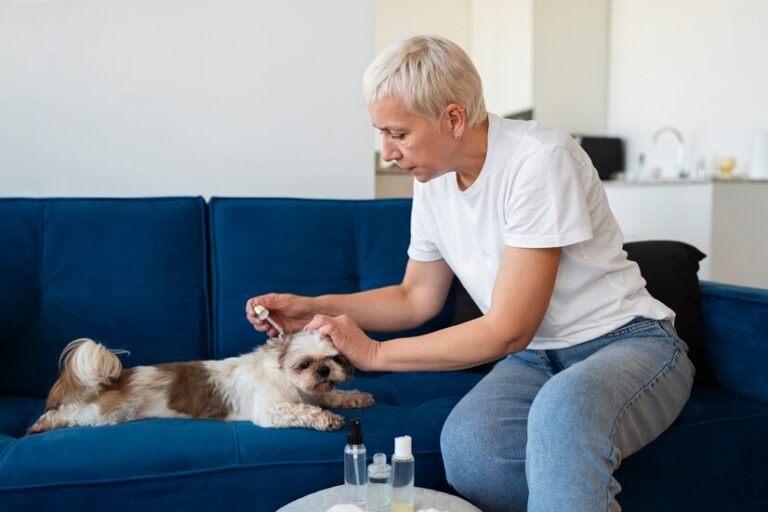Making Your Own CBD Topicals: Creams and Balms
Table of Contents
In recent years, CBD topicals have become a go-to choice for those seeking natural relief from muscle soreness, joint pain, inflammation, and even certain skin conditions. While the market is saturated with pre-made creams and balms, many consumers are now turning to DIY solutions. Why? Because making your own CBD topicals allows for customization, cost-effectiveness, and the confidence of knowing exactly what you’re putting on your body.
Whether you’re new to cbd roll on for pain or an experienced user, this guide will walk you through the process of crafting your own CBD-infused creams and balms at home—step by step.
What Are CBD Topicals?

CBD topicals refer to any lotion, balm, salve, or cream infused with cannabidiol (CBD) that is applied directly to the skin. Unlike tinctures or edibles, topicals are not ingested. Instead, they work by interacting with local cannabinoid receptors in the skin to provide targeted relief without entering the bloodstream.
People use CBD topicals for:
- Muscle and joint pain
- Skin irritation or dryness
- Inflammation
- Eczema or psoriasis
- Post-workout recovery
Making them at home gives you the ability to tailor the ingredients to your skin type and desired effect.
Benefits of Making Your Own CBD Topicals

- Customization – Choose essential oils, carrier oils, and scents based on your preferences.
- Control – Ensure quality and potency by selecting your own CBD oil and natural ingredients.
- Cost Savings – Homemade topicals are often more economical than buying high-end retail brands.
- Natural Ingredients – Avoid synthetic additives or preservatives commonly found in commercial products.
Basic Ingredients You’ll Need
Here’s a list of ingredients commonly used in DIY CBD topicals:
- CBD oil or isolate (full-spectrum, broad-spectrum, or pure isolate)
- Carrier oils like coconut oil, jojoba oil, or olive oil
- Beeswax (used to solidify balms)
- Shea butter or cocoa butter (for moisturization)
- Essential oils (like lavender, eucalyptus, peppermint)
- Vitamin E (optional, for skin health and shelf-life)
DIY CBD Balm Recipe
Ingredients:
- 1/2 cup coconut oil
- 1/4 cup beeswax pellets
- 2 tablespoons shea butter
- 300–600 mg CBD oil (adjust for potency)
- 10–15 drops essential oil (optional)
Instructions:
- In a double boiler or glass bowl over a pot of simmering water, combine coconut oil, beeswax, and shea butter. Stir until melted.
- Remove from heat and let it cool slightly.
- Add CBD oil and essential oils. Mix thoroughly.
- Pour the mixture into containers (like glass jars or tins) and let it set.
Storage Tip: Keep your balm in a cool, dark place to preserve potency.
DIY CBD Cream Recipe
Ingredients:
- 1/2 cup aloe vera gel or shea butter
- 1/4 cup coconut oil
- 300–600 mg CBD oil
- 10 drops of lavender or chamomile essential oil (optional)
Instructions:
- Blend the coconut oil and aloe vera/shea butter until smooth.
- Stir in the CBD oil and essential oils.
- Store in a sanitized container and use as needed.
Tips for Effective Use
- Apply generously to the affected area.
- Massage thoroughly into the skin for maximum absorption.
- Store in airtight containers to maintain freshness.
- Always patch test new formulations to check for allergies.
5 FAQs About CBD Topicals
1. Do CBD topicals get you high?
No. CBD topicals do not enter the bloodstream and contain little to no THC, so they won’t cause a psychoactive effect.
2. How long do CBD topicals take to work?
Effects typically begin within 15 to 45 minutes, depending on skin type, formulation, and severity of symptoms.
3. Can I use any CBD oil to make topicals?
It’s best to use a high-quality, lab-tested CBD oil. Both full-spectrum and isolate work, but full-spectrum may provide added benefits due to the entourage effect.
4. How much CBD should I add to my cream or balm?
Typical DIY topicals contain between 300–600 mg of CBD per 2–4 oz of product. You can adjust based on personal needs.
5. Are homemade CBD topicals legal?
Yes, as long as the CBD you’re using is derived from hemp and contains less than 0.3% THC (as mandated by federal law in the U.S.).
Final Thoughts
Making your own CBD topicals is not only a rewarding and customizable experience but also a great way to ensure you’re using safe, natural ingredients. With just a few tools and ingredients, you can create balms and creams tailored to your body’s needs and your skincare goals. Whether you’re looking to ease sore muscles, reduce inflammation, or support your skin health, homemade CBD topicals are a great addition to your wellness routine.







